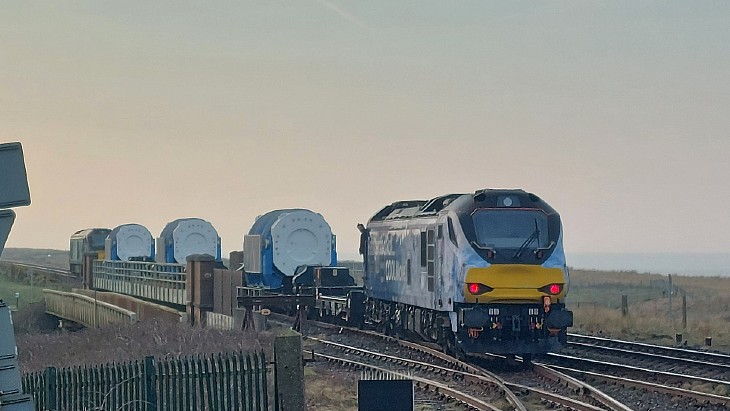Gorleben mine to be backfilled
.jpg)
Exploration work on the Gorleben rock salt formation as a potential radioactive waste repository site began in 1977. The federal government gave its approval for underground exploration at the site in 1983, and excavation work began with the sinking of the first of two shafts in 1986. Work continued until June 2000 when, alongside plans for the eventual phaseout of nuclear power in Germany, a three- to ten-year moratorium was imposed on the Gorleben exploration work. This moratorium was lifted in March 2010.
In July 2014, the federal government and the state government of Lower Saxony agreed that the mine workings that had been kept in operation and the surface installations would be scaled back to just the size needed to keep the mine open. In addition, the safety installations were reduced to the level of a normal industrial facility. Underground, the areas that were no longer needed in order to keep the mine open have been decommissioned and sealed off.
On 28 September 2020, waste management organisation Bundesgesellschaft für Endlagerung (BGE) published a list of potential storage sites for Germany's radioactive waste. The list followed parliament's approval three years earlier for a science-based search for a site. It identified 90 areas covering 54% of the country's surface area as potentially geologically suitable. After the application of minimum requirements and exclusion criteria, 139 salt domes were initially under consideration as a repository site. However, the Gorleben salt dome and 78 other salt domes were excluded from the site selection process by applying the geoscientific weighing criteria. The Gorleben mine was officially closed in September 2021.
BGE has now awarded a consortium comprising Redpath Deilmann GmbH and Thyssen Schachtbau GmbH a contract to backfill the mine using the salt stored above ground. Around 400,000 tonnes of rock salt are currently stored there on a salt heap.
The work can begin once the mining permits have been obtained, according to current estimates around the middle of 2024. The backfilling work is currently estimated to take three years to complete.
"By signing the contract, we are taking the first big step towards closing the mine in Gorleben," said BGE Technical Managing Director Lautsch. "The striking salt heap will now gradually disappear and the exploration mine will be filled step by step."
The Gorleben mine is to be closed in phases. After the mine workings have been backfilled, the two shafts will be backfilled via another construction contract (phase 2) that is yet to be tendered. Finally, in a final order, the site will be made usable again (phase 3).
_17992.jpg)
_75800.jpg)







_50521.jpg)


